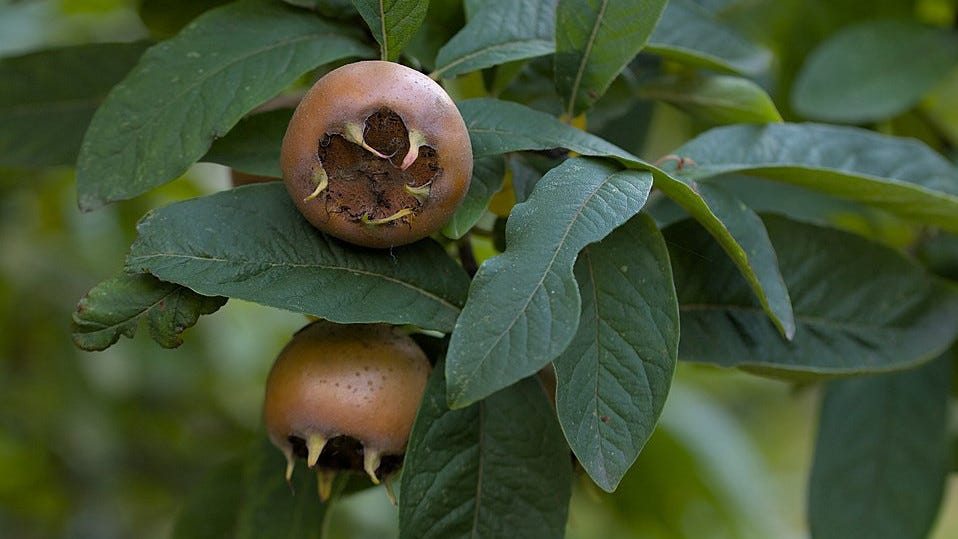Despite reading the news, you might know that we are in a Climate and Ecological Emergency. Just like the mainstream media, I won’t dwell on the details, suffice to say that we’re going to need robust climate resilience infrastructure pretty darned quick.
Without a sense of urgency from our national governments, I think our best bet is co-ordinated local action. A climate resilience group and a Repair Café have recently been established in our local town, and people are starting to talk about a community energy project.
As a wildlife and food forest garden designer, what I can bring to the table is re-engaging people with nature via their food and through their gardens. I did make a National Lottery application this year for a “Food Forest Show Garden” but didn’t get over the first funding hurdle, because we didn’t demonstrate community buy-in clearly enough.
This time round, I am putting together a mailing list and Facebook page first and then I’ll contact landowners and funders. I am also using the term “Wildlife Allotments”.
Most folk in the UK have an idea of what an allotment is: a communal site with plots for growing vegetables. What if you designed in some wildlife habitat diversity and a tapestry of native plants? Maybe add a community orchard, with some more unusual fruit? And possibly introduce some perennial veg, propagated on-site and available for free for allotment members? Sounds suspiciously like a forest garden to me…
I really hope that by using the terminology and concepts that people already understand, they will get on board with wildlife and forest gardening.
Medlar Toffee Pudding
The Medlar (Mespilus germanica) is a beautiful tree, with the most voluptuous of leaves and gorgeous blossom. They don’t require much pruning, if at all, and they offer up a good harvest of edible fruit. Yes, the fruit does look a bit like a dog’s arse, but more importantly, how can you eat them?
Well, after scraping out the soft, slightly rotted innards of the fruits, I put together a vegan version of Medlar Sticky Toffee Pudding, following a recipe by Mark Diacono. It was delicious.
It would be great to pull together recipes for the more unusual fruit and perennial veg that you find in a forest garden. Too often, I’ll cook something once and abandon it in haste (looking at you, Mashua).
Adventures on Mastodon
Yes, Twitter has become more of a hell hole and hangout for nazis since an egomaniacal billionaire has taken the helm. I jumped ship to Mastodon, a de-centralised, federated social network (there isn’t one central service, it’s lots of individual Mastodons that can talk to each other).
And it is great. I didn’t know how much I disliked the advertising and the algorithms pushing content my way until I tried an alternative without advertising and algorithms.
I follow a few hashtags: #ForestGarden, #NativePlants, #WildFlowers. There is also the refreshing and wildly popular #Mosstodon and the cheekily named #LichenSubscribe.
If you do sign up, my Mastodon profile is mas.to/@natureworks
Quick links
The PDF programme is out for the 2nd International Forest Garden / Food Forest Symposium! I have submitted my Intersectional Gardening talk already, it’s all online and the talks are pre-recorded.
Benjamin Vogt is a fantastic native plant gardener and advocate, and his newsletter is always a good read. This blog post Natural Garden Design Advice Smorgasbord is fantastic.
As you can probably surmise from the Wildlife Allotments project, I have been thinking a great deal about the social, political and economic aspsects of forest gardening. In that vein, Antonia Malachik writes a thoroughly thought-provoking Substack newsletter called On The Commons.




